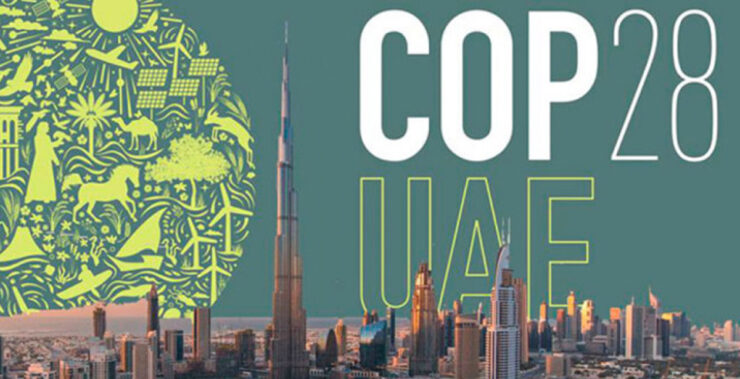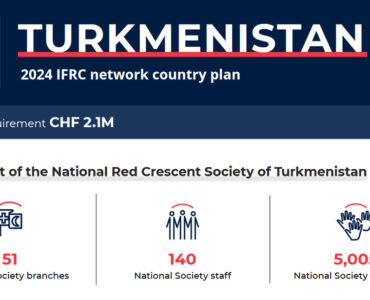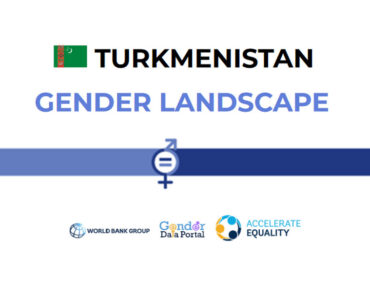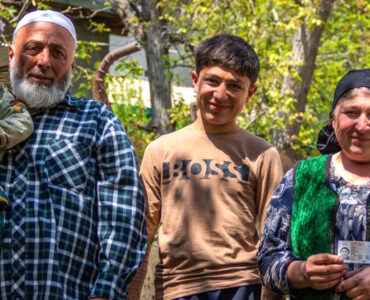After two years of consideration and much media spotlight, Turkmenistan has finally joined the Global Methane Pledge at COP28 in Dubai in December 2023. First time, Serdar Berdimuhamedov, then the vice-premier, had expressed Turkmenistan’s interest in joining the Global Methane Pledge at the COP26 in Glasgow in 2021. Since then, the government officials spent two years “studying” the prospects of signing this pledge to address and to reduce the country’s methane emissions.
The Global Methane Pledge is an agreement by 155 countries to work together to voluntarily reduce global methane emissions by at least 30% from 2020 levels by 2030. Methane, the main component of natural gas, is a powerful greenhouse gas that traps heat in the atmosphere, contributing to global warming. Turkmenistan is one the biggest methane emitters in the world, with largest super-emitter events and 41% of overall national greenhouse gas emissions. Reducing methane emissions is a low hanging fruit which can help slow the pace of climate change.
What is being promised by joining the pledge?
By joining the pledge, the president of Turkmenistan promises to, not only cut methane emissions, but also:
- strengthen their monitoring and reporting, consistent with IPCC guidance, with particular focus on high emission sources;
- maintain up-to-date, transparent, and publicly available information on policies and commitments;
- engage with the private sector;
- report progress on methane emission reduction every year at the gatherings of government officials from involved countries.
How is the government measuring the methane emissions?
The British Embassy in Ashgabat and UNDP Turkmenistan are helping Turkmenistan to develop a National System of Inventory of Greenhouse Gas Emissions. It is a comprehensive and systematic process for tracking and quantifying GHG emissions from various sources within a country’s borders.
Turkmenistan’s current GHG inventory data is not publicly accessible online. The only official reference to its data is in the Nationally Determined Contributions with the latest data available from 2010. Turkmenistan was supposed to publish their GHG inventories every year under the Paris Agreement already but failed to do so thus far.
Even if Turkmenistan reports, the credibility of data may be questionable as was with methane emissions which Turkmenistan reported 2.4 times lower than the satellite-based figures. However, with the full launch of a Methane Alert and Response System, which is a methane tracking satellite system, it will be harder to “hide” methane emissions going forward.
Globally, new financial support has been pledged by governments, the European Commission, philanthropic organizations, and the private sector, totaling more than $1 billion in grants and over $3.5 billion in investments for projects aimed at reducing methane emissions. These initiatives, endorsed by international financial institutions, will assist low- and middle-income countries, including Turkmenistan, to lower their methane emissions.
The voluntary nature of this pledge means it is not legally binding and there are practically no consequences to inaction. However, the significance of this pledge lies in the specific targets to cut methane emissions and availability of funding to pay for it. Turkmenistan’s commitment to join the Global Methane Pledge represents a positive step towards addressing its significant methane emissions and contributing to global climate action. This commitment bolsters Turkmenistan’s existing, vaguely outlined goals in the National Climate Strategy and the Nationally Determined Contributions, which already included commitments to reduce overall greenhouse gas emissions. It is crucial for Turkmenistan to follow through on its promises and strengthen its monitoring capabilities, maintain open and digitally accessible data, and report progress regularly.






